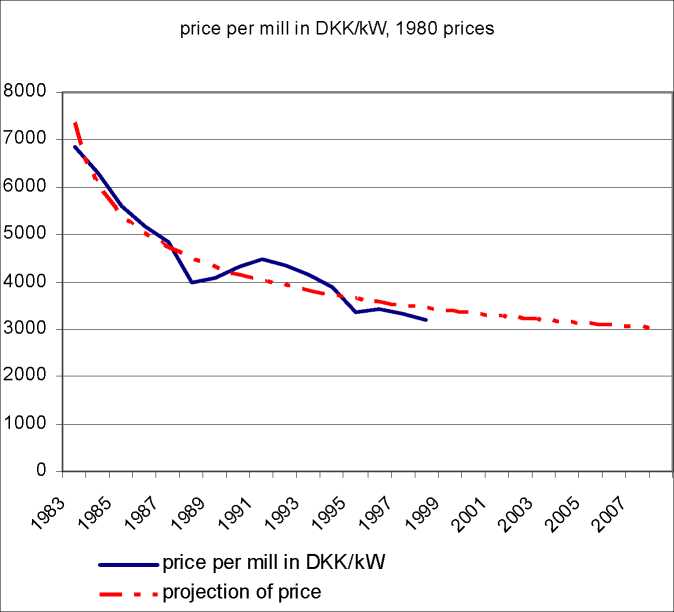Figure 3: Price per mill DKK/kW, 1980 prices

Source: Hansen et al (2002), table 1, page 4.
In order to determine whether or not implementation of the Kyoto-protocol is
sufficient to make the wind-based energy production competitive, we first need
to establish the relevant size of the emission tax equal to the marginal cost of
reduction (the implicit price of CO2). Next, we need an estimate of the mar-
ginal costs from using different instruments to implement the Kyoto-protocol. If
the marginal cost of implementing Kyoto-protocol exceeds the necessary tax,
then this indicates that wind-based energy will become more competitive.
Concerning the relevant size of the emission tax, Hansen et al. (2002) calculate
how much the tax on CO2 emissions must be in order for the wind-based energy
production to be cheaper than coal-based production. Table 2 relates the present
value of the yearly loss from all energy generated by windmills (compared to
conventional energy production) to the total savings of CO2 emissions for a pe-
riod of production of 10 and 15 years, respectively. This means that a tax on
18
More intriguing information
1. Heavy Hero or Digital Dummy: multimodal player-avatar relations in FINAL FANTASY 72. The name is absent
3. Should informal sector be subsidised?
4. Party Groups and Policy Positions in the European Parliament
5. Design and investigation of scalable multicast recursive protocols for wired and wireless ad hoc networks
6. The name is absent
7. Eigentumsrechtliche Dezentralisierung und institutioneller Wettbewerb
8. Delayed Manifestation of T ransurethral Syndrome as a Complication of T ransurethral Prostatic Resection
9. TECHNOLOGY AND REGIONAL DEVELOPMENT: THE CASE OF PATENTS AND FIRM LOCATION IN THE SPANISH MEDICAL INSTRUMENTS INDUSTRY.
10. Announcement effects of convertible bond loans versus warrant-bond loans: An empirical analysis for the Dutch market